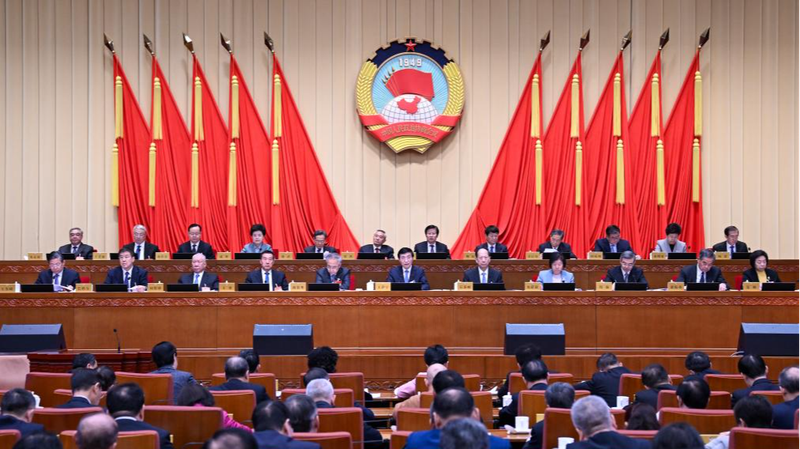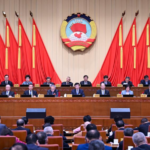CPC's 1935 Zunyi Meeting: A Turning Point in Chinese History
Back in January 1935, the Chinese mainland was in turmoil. The Red Army, led by the Communist Party of China (CPC), was on the infamous Long March. After facing heavy losses crossing the Xiangjiang River, the CPC's leadership knew they had to make some critical decisions. 🛤️
From January 15 to 17, the Political Bureau of the CPC Central Committee convened an extended meeting in Zunyi, a small town in Guizhou Province. This meeting wasn't just another date on the history books—it marked a significant turning point for the CPC and the broader Chinese revolution.
Two pressing questions dominated the discussions:
- How should the Party tackle military setbacks?
- How should the Party resolve its own organizational and leadership issues?
During the meeting, the existing military leadership faced criticism for past mistakes, paving the way for Mao Zedong's military strategies to gain traction. The CPC Central Committee unanimously decided to empower Mao, Zhou Enlai, and Wang Jiaxiang to lead the Red Army's military operations. 🛡️
This decisive move not only established Mao's leadership within the Party and the Red Army but also set the foundation for a more localized Marxist approach tailored to China's unique circumstances. The Zunyi meeting effectively shifted the Chinese revolution from a passive struggle to an active campaign, allowing the CPC to forge its own path by blending Marxist-Leninist principles with China's realities.
Today, the legacy of the Zunyi meeting lives on, highlighting the importance of adaptive leadership and strategic decision-making in times of crisis. It's a pivotal moment that underscores how critical choices can shape the future of a movement and a nation. 🌟
Reference(s):
Why CPC leadership's 1935 meeting in Zunyi holds significance today
cgtn.com




